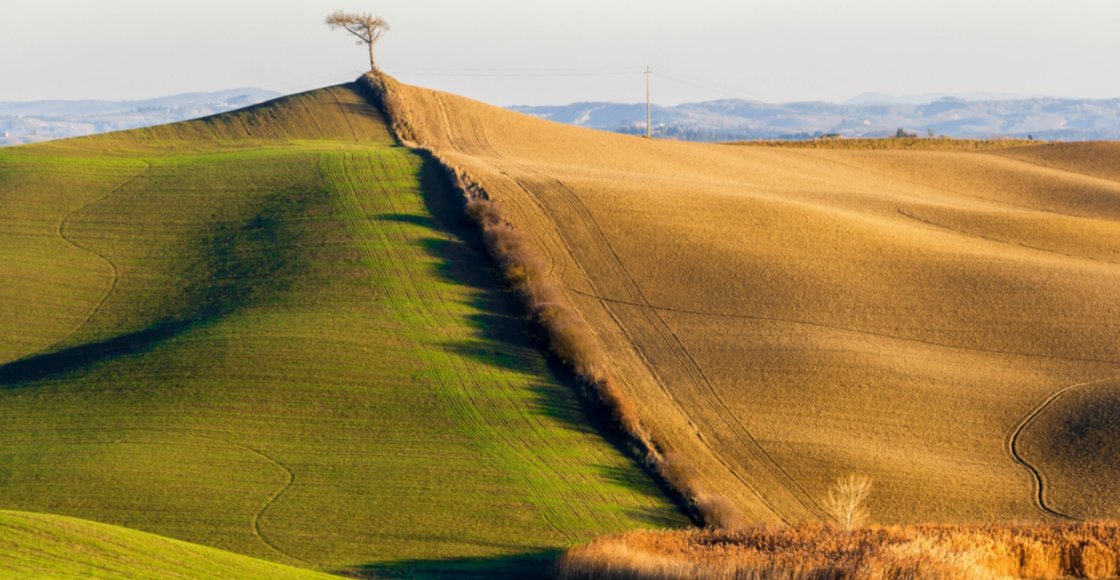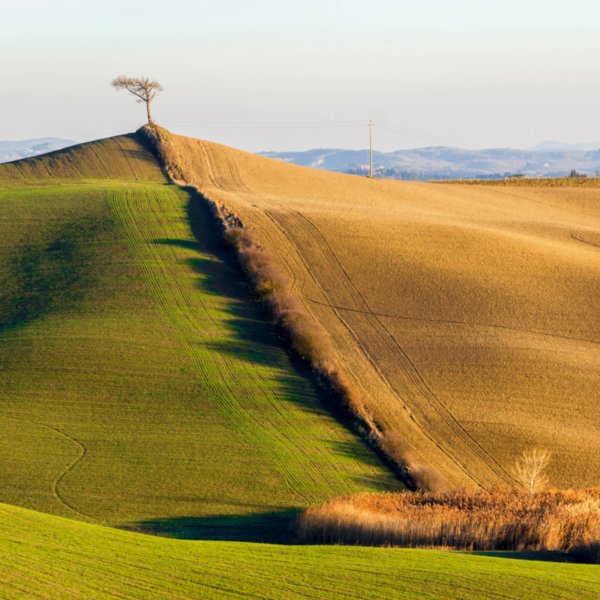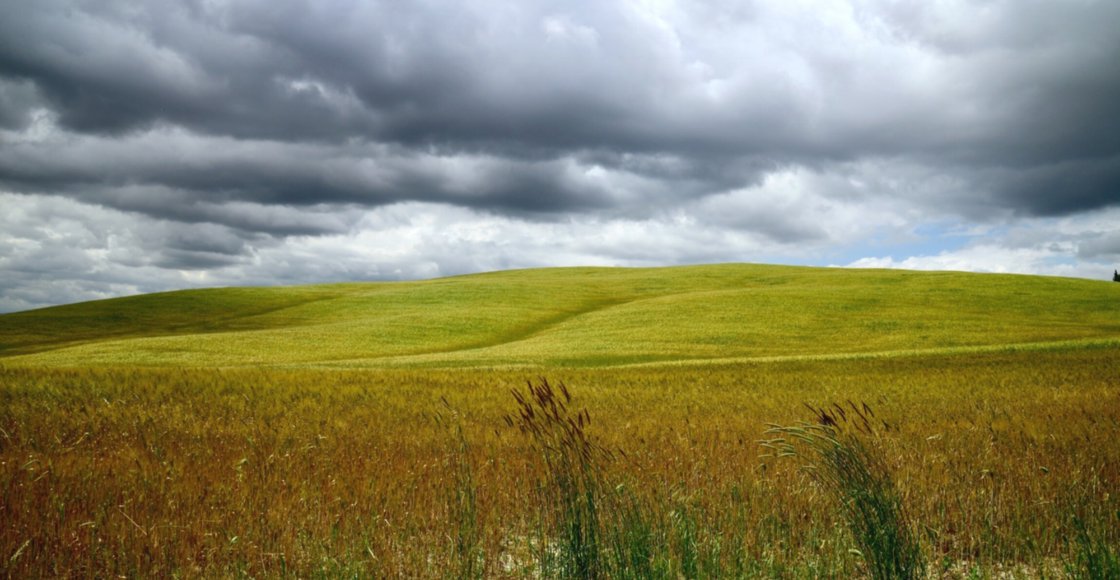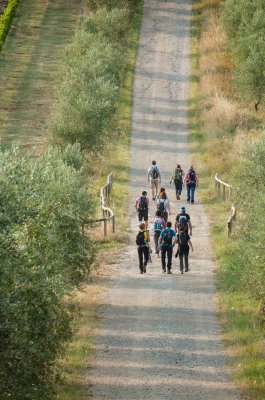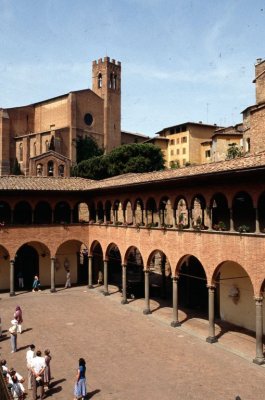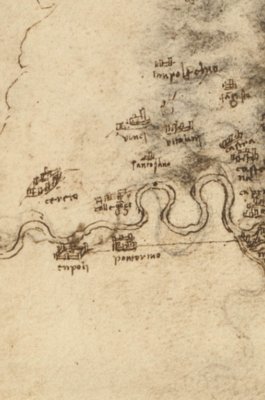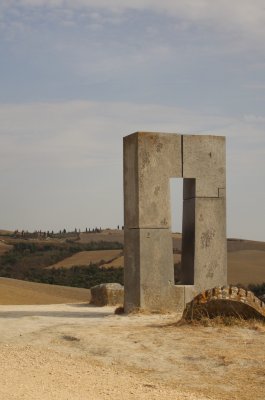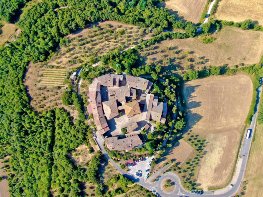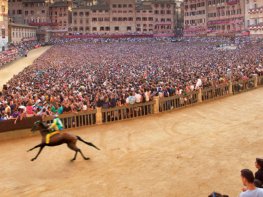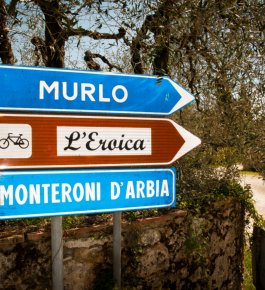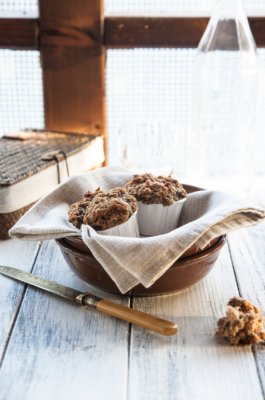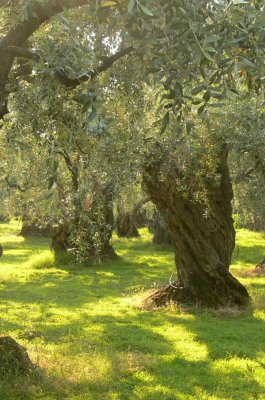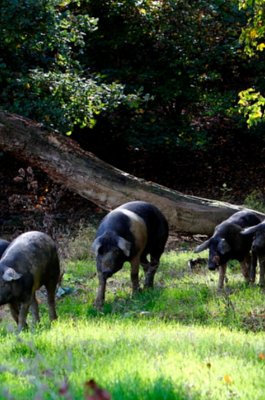Around 15.5 miles or 25 kilometers immersed in the undulating and silent landscapes of Val d’Arbia. After leaving behind the Siena skyline, which accompanies your first steps, the journey continues on uninterrupted gravel roads, among cultivated fields, low hills and views that open up to the distant profile of Mount Amiata.
Skirt the Grancia di Cuna, an imposing fortified farm once owned by the Hospital of Santa Maria della Scala, then pass through Monteroni and the quaint locality of Quinciano. You’ll also touch on the typical landscape of the Crete Senesi, before reaching the medieval village of Lucignano d’Arbia, enclosed by walls and dominated by the Romanesque Parish Church of San Giovanni Battista. The stage ends at Ponte d’Arbia, along the river of the same name, mentioned by Sigeric in his itinerary.
Access to water is rare, available only in Cuna and Quinciano. For refreshments, it is necessary to detour to Isola d’Arbia.






